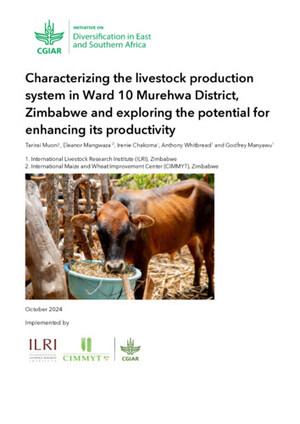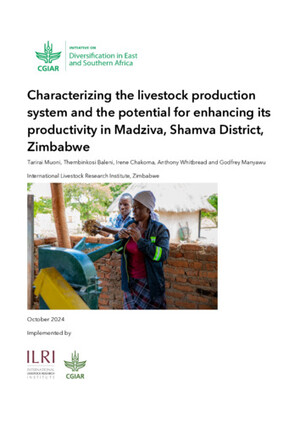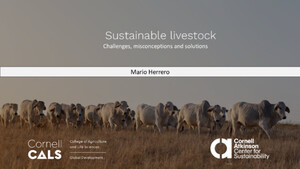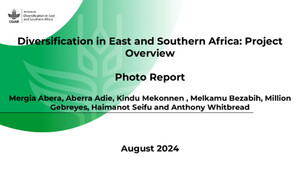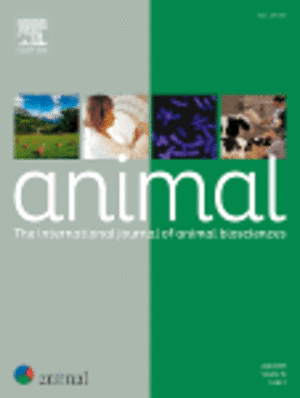
Marketing value-chain of smallholder sheep and goats in crop-livestock mixed farming system of Alaba, Southern Ethiopia
Abstract
This study was conducted in Alaba district of Southern Ethiopia to describe smallholder sheep and goats marketing systems, identify marketing constraints and suggest improvement options to enhance incomes of smallholder producers. Informal and formal study tools of focused group discussion, key informant interview, household survey and rapid market appraisal were employed to gather information from development partners, smallholder farmers, traders, transporters and consumers. Smallholder farmers sale sheep and goats to fulfill immediate household cash needs, particularly to acquire food items. Smallholder producers, small and large traders, brokers, transporters and consumers are the major market participant across the market channels. Mode of marketing is mainly on ‘eye-ball’ basis with one-on-one price negotiation. Farmers market animals of different age, sex and weight either at farm gate or local markets, while a range of traders are involved at various stages of markets until the animals reach final consumers. Supply, demand and price of animals have clear seasonal variations. Abuse by brokers, lack of price information, access to incentive markets, poor market infrastructure and seasonality of markets are the major challenges in improving benefit and livelihood of smallholder sheep and goat producers. Commercialization of smallholder systems, standardizing marketing with marketing information and infrastructures, integrated intervention of the market channels along the value chains and market actors, formation of marketing groups and co-operatives could improve marketing efficacy and profitability of smallholder sheep and goat system.
Citation
Kocho, T., Abebe, G., Tegegne, A. and Gebremedhin, B. 2011. Marketing value-chain of smallholder sheep and goats in crop-livestock mixed farming system of Alaba, Southern Ethiopia. Small Ruminant Research 96(2-3):101-105.






